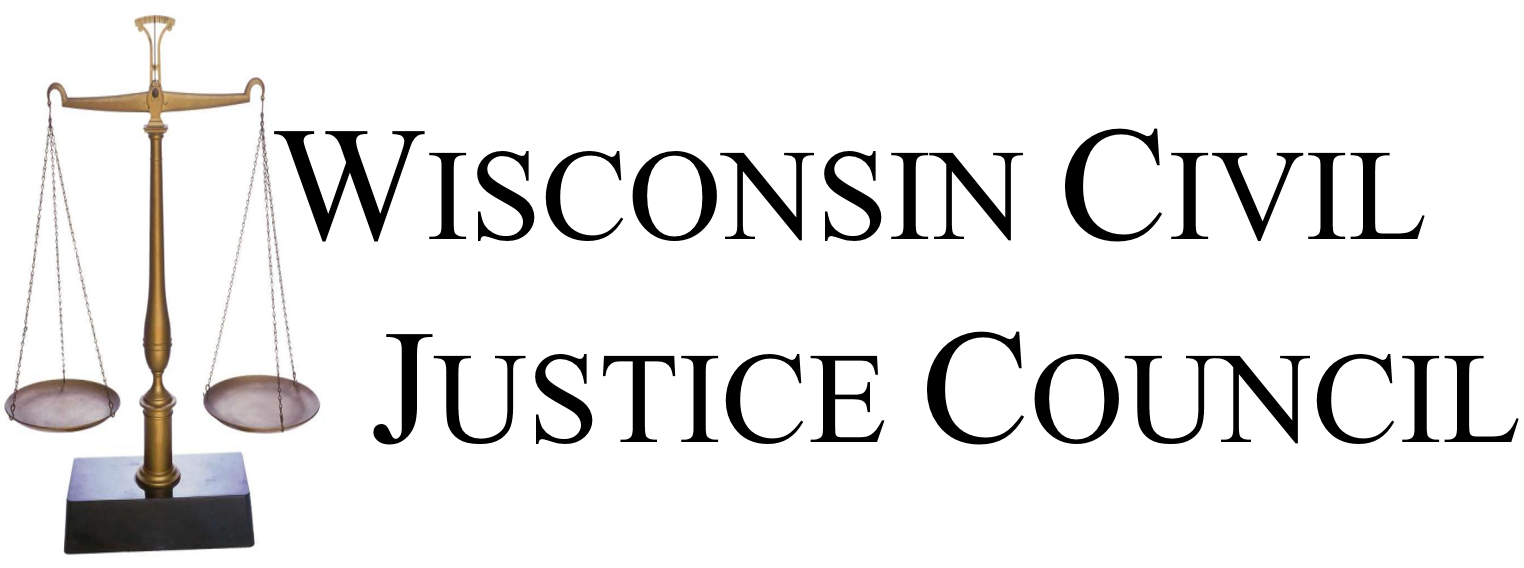Governor Scott Walker on Jan. 27 signed into law a major legal reform bill, signaling a shift to a more business friendly state.
Significant changes were instituted by Act 2 to Wisconsin’s civil liability law in areas of product liability, expert witness testimony, risk contribution, frivolous law suits, punitive damages, and health care quality improvement programs.
For an overview of the changes, click here.
